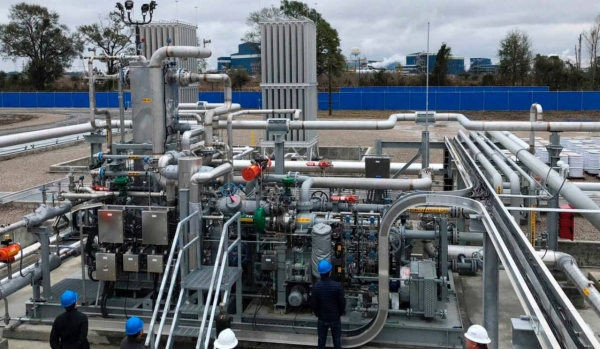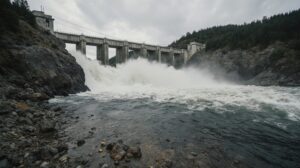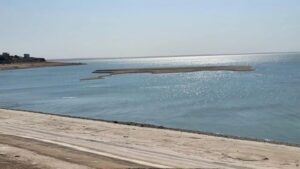Condor Energies, a Canadian energy transition company, has secured its second natural gas allocation from Kazakhstan’s state authority responsible for gas distribution. This gas will fuel Condor’s planned modular Liquefied Natural Gas (LNG) production facility near the Kuryk Port on the Caspian Sea.

The Kuryk LNG facility is expected to produce 565,000 liters of diesel-equivalent fuel daily, enough to power 155 rail locomotives. Combined with the first gas allocation for Condor’s Alga LNG facility, the total output will exceed 1mn liters of diesel-equivalent LNG daily. This initiative is set to reduce carbon emissions, equivalent to removing over 58,000 cars from the road annually.
Condor has secured 16 hectares of industrial land and a 5 MWh electricity allocation to power the Kuryk facility. The gas will be sourced from a nearby pipeline, ensuring efficient energy production.
Kazakhstan, a growing logistics hub, is heavily investing in transportation infrastructure, with LNG poised to play a critical role in fueling its rail and freight industries. Condor’s LNG production will serve locomotives, transport trucks, and marine vessels between Kazakhstan, China, and the Caspian Sea.
Don Streu, President and CEO of Condor, expressed gratitude for the allocation, highlighting the company’s commitment to providing sustainable LNG solutions for Kazakhstan’s expanding transportation sector. He emphasized Condor’s 17-year investment history in the country and its focus on reducing emissions and operating costs while enhancing infrastructure.
Condor Energies Inc. is a TSX-listed energy transition company with projects in natural gas, LNG, and lithium brine. Its strategic initiatives span Kazakhstan and Uzbekistan, positioning the company at the forefront of energy production in Central Asia, while minimizing its environmental impact.




